The Army’s IVAS super-goggle prototypes have arrived but can they live up to the hype?
- By Hope Seck
Share This Article
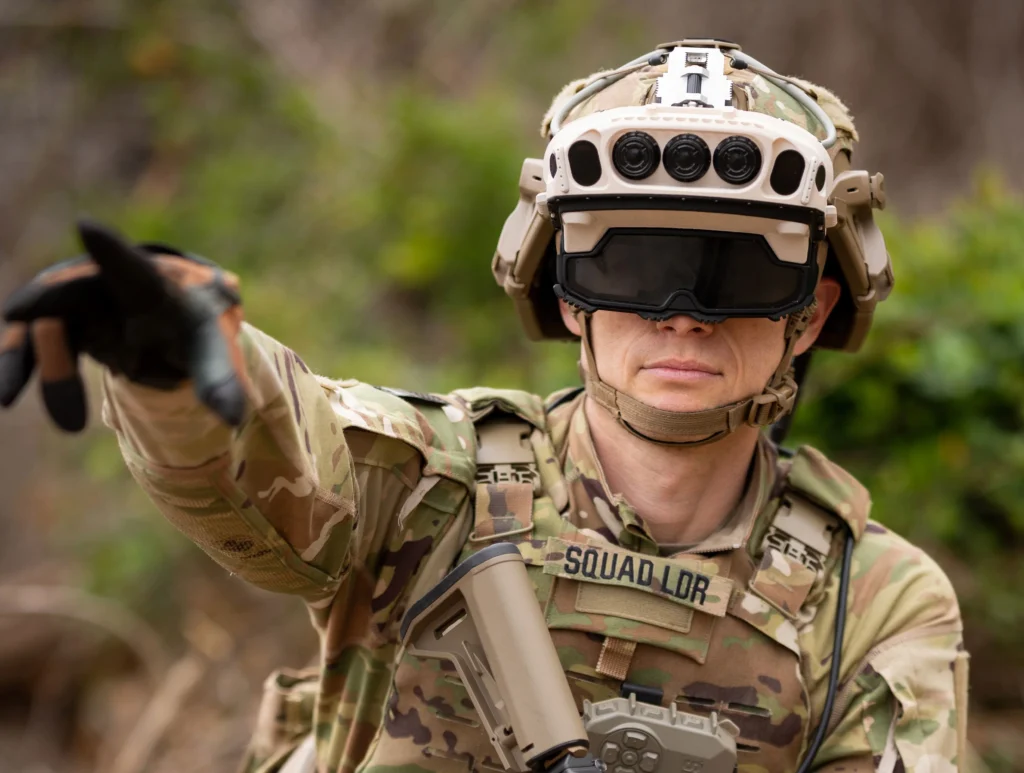
The Army’s Integrated Visual Augmentation System, or IVAS, has for years been a centerpiece of the service’s plan to move fighting into the future. This cutting-edge headset, initially based on Microsoft’s Hololens 2, promised to help soldiers cut through the fog of war by projecting information to a sophisticated heads-up display.
More than a fancy night-vision goggle, IVAS was designed to identify and acquire targets for the user, map the battlefield in real time, and use artificial intelligence to aid decision-making under pressure. Augmented and mixed-reality capabilities mean IVAS could allow soldiers to “see” through opaque barriers such as doors and vehicle frames, and train as units in an entirely projected 3D combat environment that only exists in their headsets.
IVAS represented a new way to fight – and it also emerged as a priority around the same time that Army Futures Command was activated, to great fanfare, in 2018. The headsets were intended to be fielded to units in 2021, but a series of speed bumps and setbacks delayed the rollout. Now there’s cause for optimism: in late July, the Army received the first 20 prototypes of the IVAS 1.2 variant from Microsoft, to be used by two testing squads in a user assessment this month. According to the Army, this latest version, improved with feedback from users, features a “hinged” design, similar to night-vision goggles, allowing users to raise and lower the display as needed. It also can integrate with ground and air platform sensors, including aerial drones, to provide a more comprehensive picture of the battlespace.
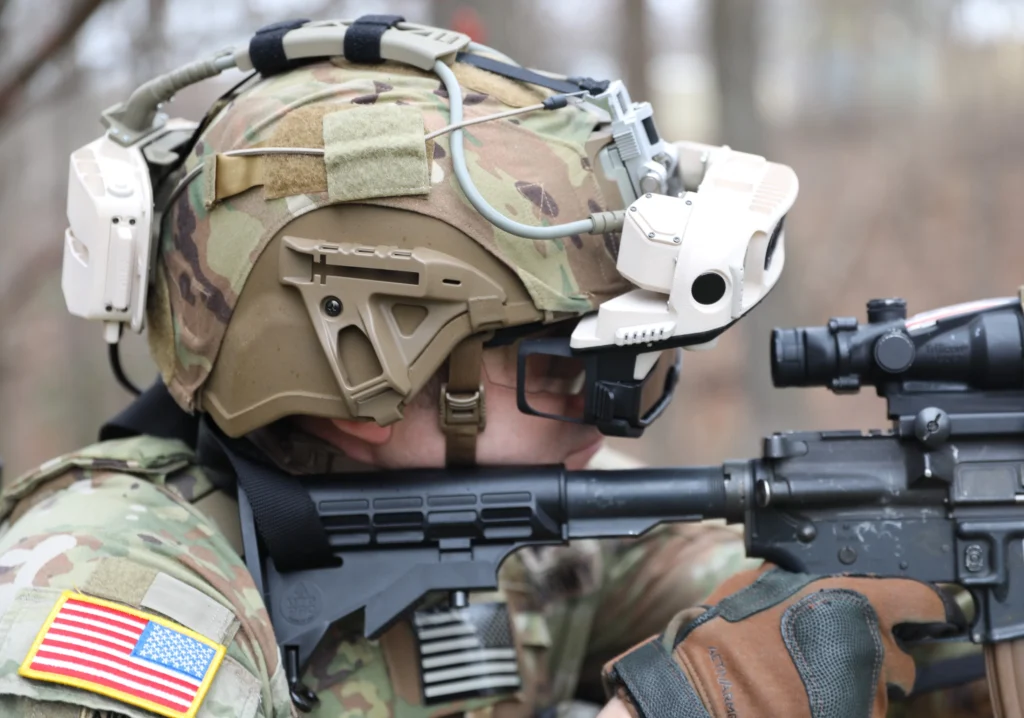
“[IVAS] complements what’s currently in the Army’s inventory while expanding close combat force capabilities by leveraging the digital architecture for shared awareness and computing at the edge,” Lt. Col. Denny Dresch, Product Manager for IVAS, said in a released statement. “IVAS provides a first-person augmented reality perspective that enables the integrating of operational data such as routes and control measures into the person’s field of view.”
Amid the fanfare, though, concerns are already beginning to emerge. Breaking Defense reported that the newest version of the system still gets stymied by standard training activities involving windows and doors, such as room-clearing drills. This is due, Breaking Defense explains, to “dynamic occlusion limitations,” a broader problem with mixed-reality displays. When a real barrier, like a closed door, is in front of a virtual, projected object, the picture is skewed, making physical objects appear closer or farther away than they really are. According to a 2010 report on the phenomenon, this not only compromises the reality of the display, but also “increases eyestrain and the probability of motion sickness,” making the user uncomfortable and potentially limiting their ability to function effectively in combat.
In fact, this phenomenon has been documented in a previous version of IVAS. Task & Purpose reported that “headaches, neck pain, nausea, and eye strain” were all reported by soldiers testing out the IVAS 1.0 headsets.
Related: How US Special Forces took on Wagner Group mercenaries in an intense 4-hour battle
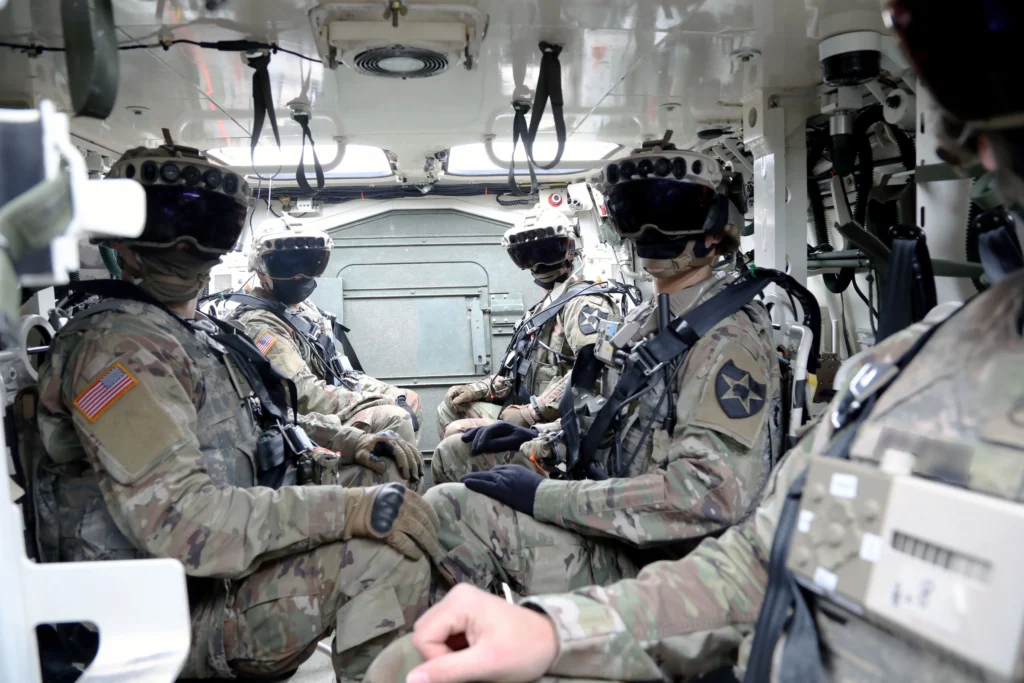
According to Army Times, the IVAS 1.2 has shaved off some weight, slimming down from 3.4 pounds to 2.85 pounds. The publication compared the goggles’ weight to that of the Army’s Enhanced Night Vision Goggle-Binocular. But military spec documents show the ENVG-B to be under 2.5 pounds. For a device that may live on the heads of infantry and special operations soldiers during long days of combat operations – in addition to a 2.5-pound combat helmet – the weight of IVAS is still substantial.
IVAS may be the latest case of the U.S. military trying to outpace the development of technology and running up against not only technological limitations but also the physical limits of service members. At the end of the day, human limits of comfort and endurance must be respected.
The Army is not alone in the challenges it faces with IVAS. Mark Zuckerberg is investing some $100 billion into his virtual-reality “metaverse,” yet the pricey VR headsets that enable access to this world are so uncomfortable and nausea-inducing that Meta employees themselves reportedly don’t enjoy wearing them. Eventually, technology development may enable the creation of mixed-reality headsets or viewfinders that are as light and unobtrusive as sunglasses or a pair of contacts, but for now, the form factor and limitations like dynamic occlusion remain an obstacle to regular use.
Related: 3 pieces of special operations gear that give troops ‘super powers’
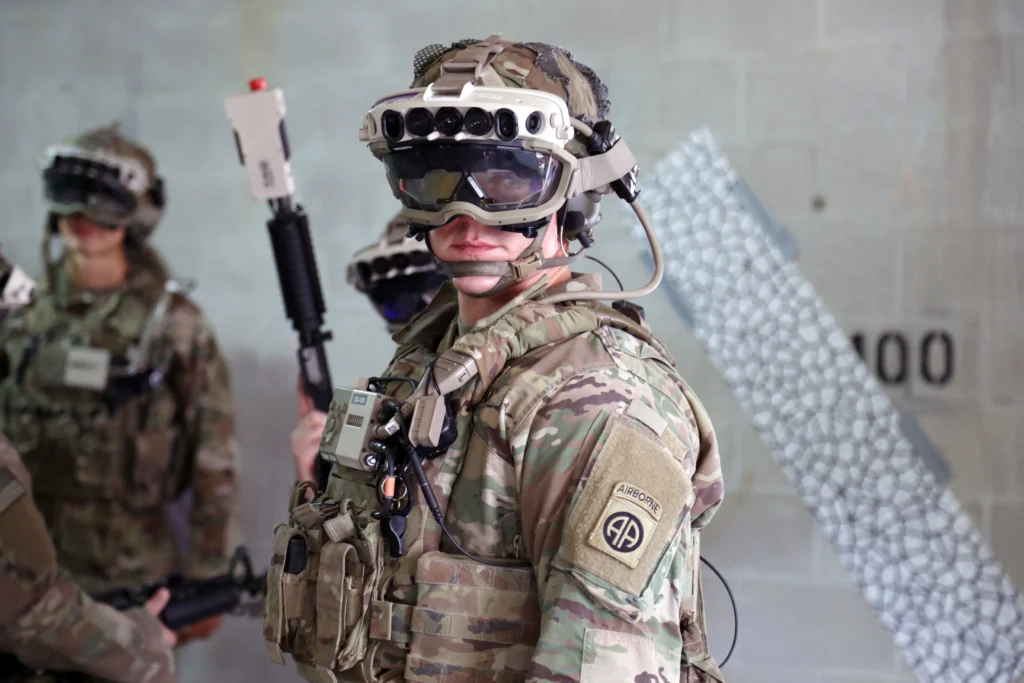
Where does that leave IVAS? Well, don’t count out the headset just yet. The Army says the latest upgrades have resulted in a more “stable and reliable” user experience, despite the system’s weight and augmented-reality challenges. If it can field a usable and comfortable version of IVAS, the Army will lead the way for the other services in integrating augmenter-reality projection into training and combat operations. If not, IVAS may be seen in the long run as an ambitious idea realized before its time.
“No system in the Army inventory is capable of providing the range of options for our Soldiers as IVAS – its transformative and disruptive technology does not exist anywhere in the world,” Col. Troy Denomy, project manager for the Army’s Soldier Warrior office, said in a March release. “We are fully committed to IVAS. We are listening to the feedback we receive, and we will provide our Soldiers the best versions of IVAS that will enable them to succeed in their missions.”
Read more from Sandboxx News
- Marines are training to provide security for commercial ships in Middle East
- New video shows Russia fail to stop a Ukrainian drone boat named ‘Sea Baby’ from blowing apart a key bridge with nearly 2,000 lbs of explosives
- 7 weird and rare military jobs that you won’t believe exist
- We asked AI to show us the secret aircraft hidden in Area 51
- Hell in the Highlands: The men infiltrate the Korean camp
Related Posts
Sandboxx News Merch
-

‘AirPower’ Classic Hoodie
$46.00 – $48.00 Select options This product has multiple variants. The options may be chosen on the product page -

‘Sandboxx News’ Trucker Cap
$27.00 Select options This product has multiple variants. The options may be chosen on the product page -

‘Kinetic Diplomacy’ Bumper Sticker (Black)
$8.00 Add to cart
Hope Seck
Hope Hodge Seck is an award-winning investigative and enterprise reporter who has been covering military issues since 2009. She is the former managing editor for Military.com.
Related to: Gear & Tech

Dogfighting in space? Not too far-fetched, Space Force chief says
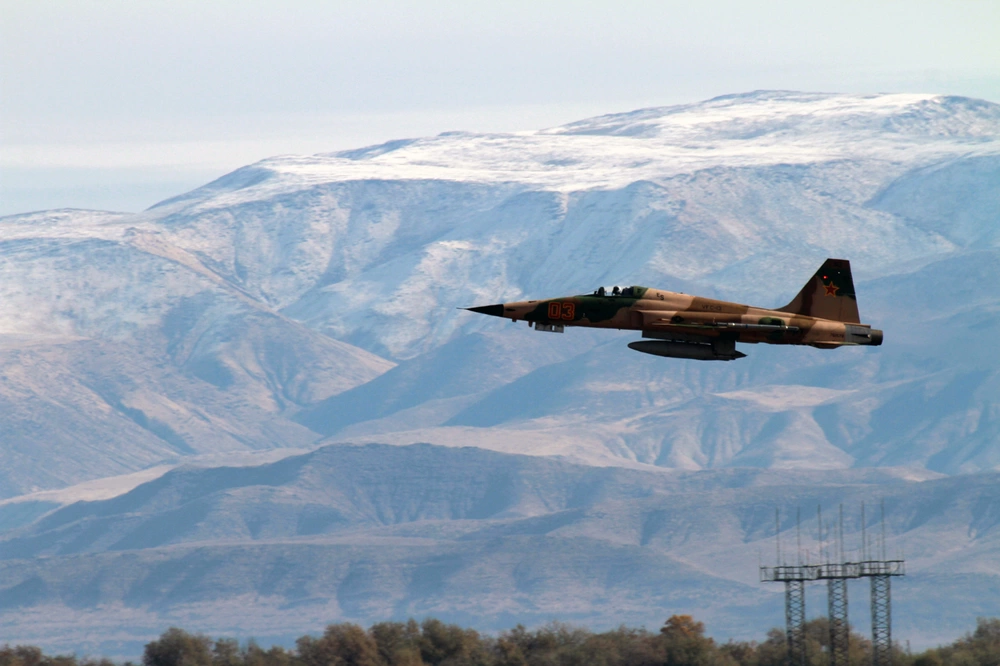
New master’s degree will train Top Gun pilots on foreign adversaries and space warfare
Sandboxx News
-

‘Sandboxx News’ Trucker Cap
$27.00 Select options This product has multiple variants. The options may be chosen on the product page -

‘AirPower’ Classic Hoodie
$46.00 – $48.00 Select options This product has multiple variants. The options may be chosen on the product page -

‘AirPower’ Golf Rope Hat
$31.00 Select options This product has multiple variants. The options may be chosen on the product page -

‘Sandboxx News’ Dad Hat
$27.00 Select options This product has multiple variants. The options may be chosen on the product page
